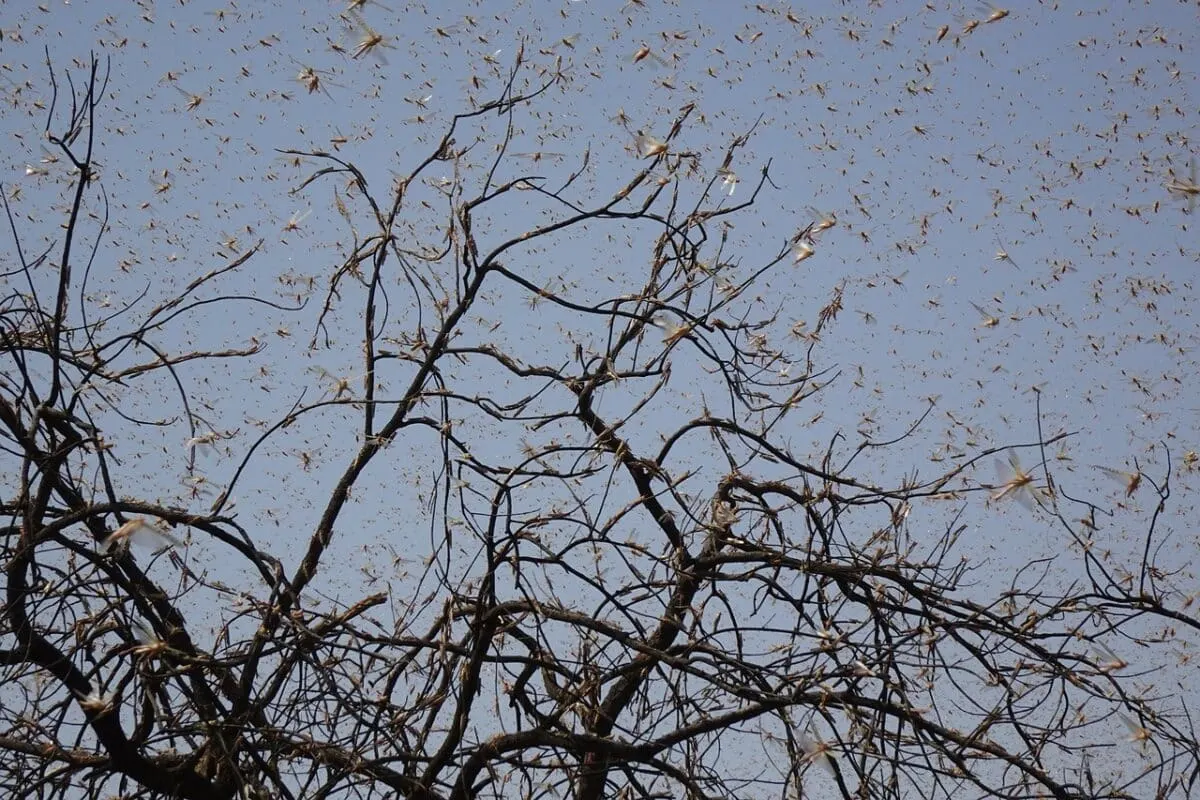Locusts are a type of grasshopper that can change their behavior and physical appearance in response to certain conditions. While grasshoppers typically behave as solitary insects, locusts can form massive swarms covering hundreds of square miles.
However, locust swarms have been responsible for devastating agricultural and environmental damage throughout history, leading to famine and economic hardship.
Historically, locust plagues have been recorded as far back as ancient Egypt and described in the Bible. Recently, there have been several major locust outbreaks, including the 2020 outbreak in East Africa and the Middle East, considered one of the worst in decades.
Here, you’ll learn more about locust swarms and the effects of the 2020 locust outbreak and provide an overview of the biology and behavior of locusts.
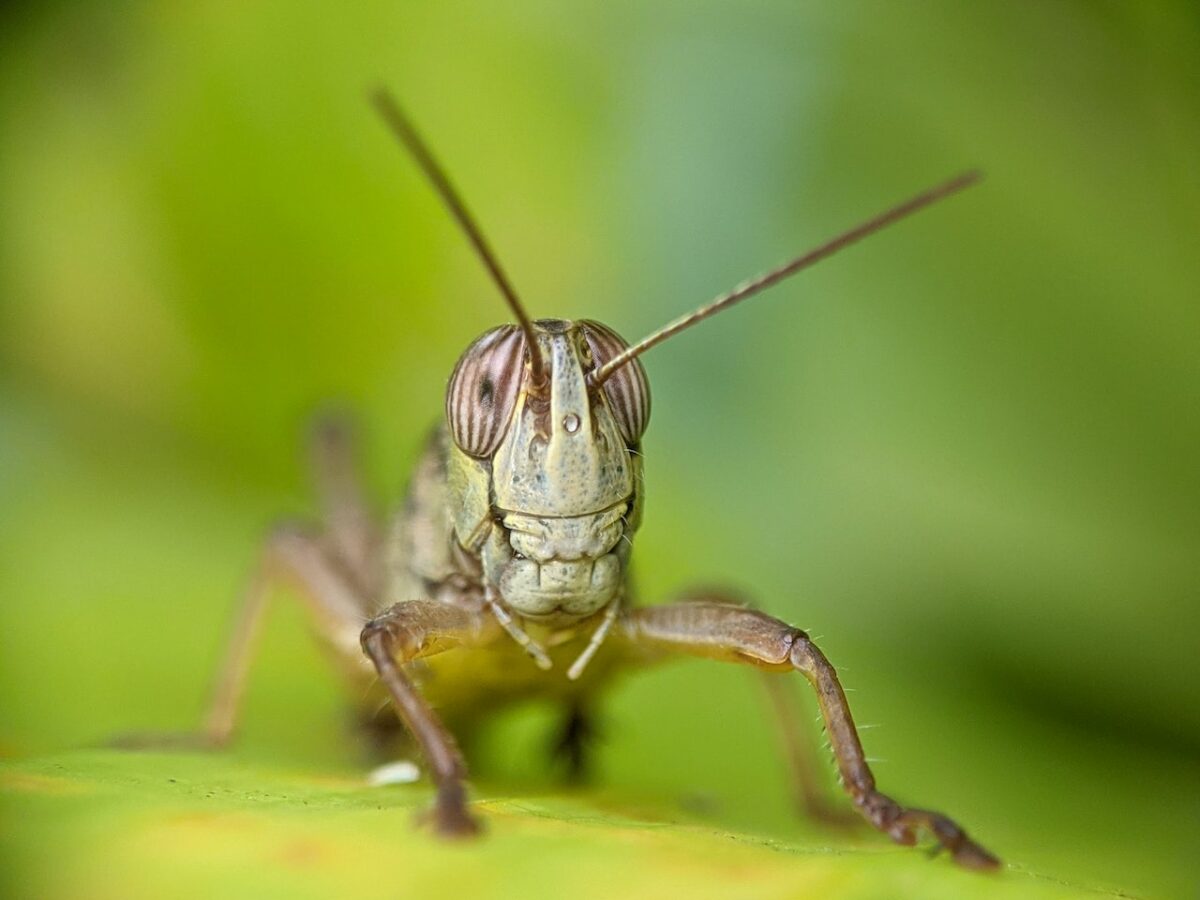
Want to jump ahead? Click below
The Largest Swarms of Locusts in History
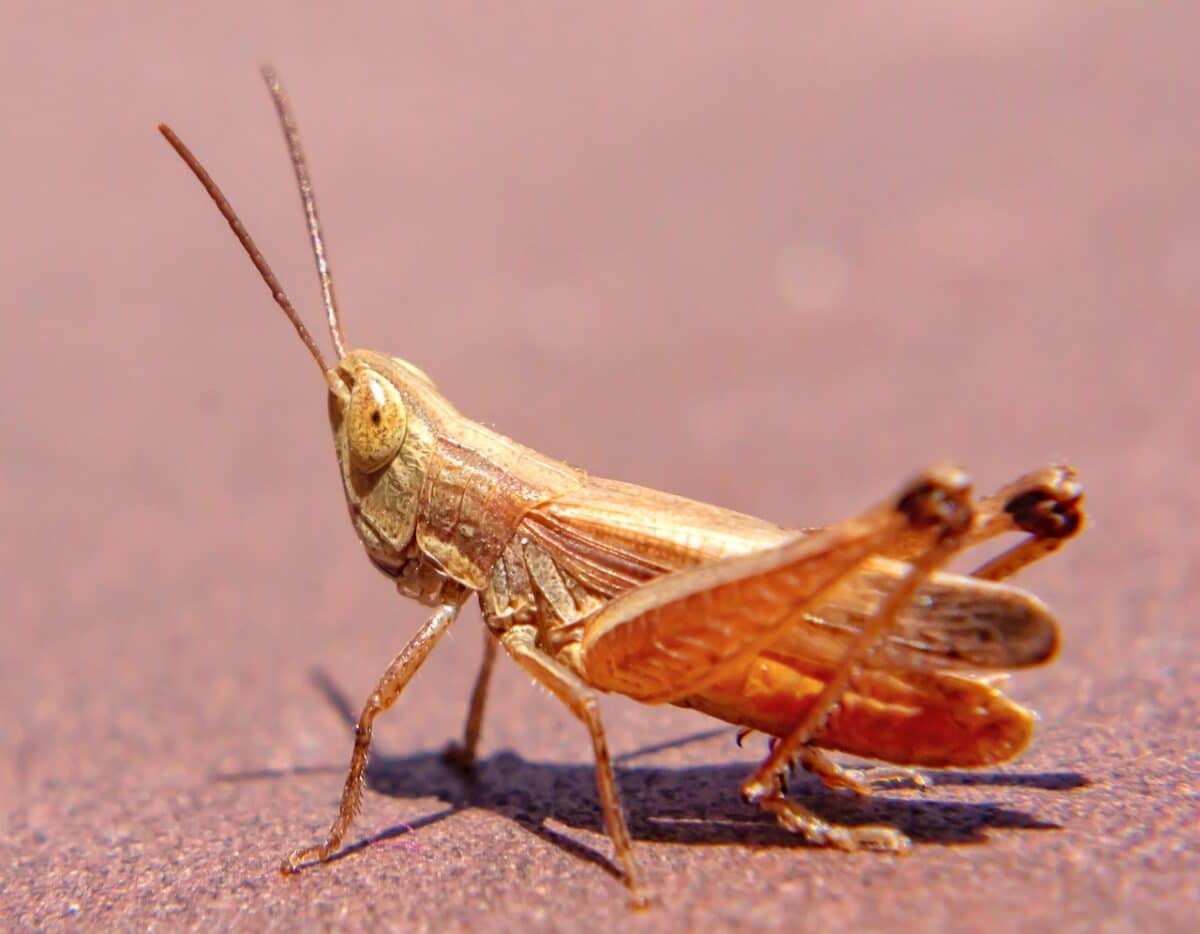
Throughout history, many devastating locust swarms have caused widespread crop damage and threatened food security. To give you a bit of baseline information, we’ve compiled data on these devastating locust swarms:
- The 1915-1918 Locust Plague in the Middle East: This locust plague was one of the most destructive in history, affecting an area across the Middle East, including Palestine, Mount Lebanon, and Syria.
- The swarms destroyed entire crops, leaving Syrians without food. It is estimated that the plague caused the deaths of one-half of Mount Lebanon Mutasarrifate inhabitants.
(Learn more about the 1915-1918 Locust Plague!)
- The 1986-1989 Locust Plague in Africa: This locust plague affected 23 countries, covering an area of 30 African countries. The swarms destroyed crops and pastures, leading to widespread hunger and economic devastation. It is estimated that the plague caused the deaths of between 1 million and 2 million people.
(Learn more about the 1986-1989 Locust Plague with Oxford Academic.)
- The 2019-2021 Desert Locust Upsurge: This plague saw an estimated 8,000-fold increase in locust numbers due to favorable breeding conditions. The upsurge invaded parts of Africa and Asia, causing food insecurity and crop damage.
It was only with the help of international actors that the people could save 4.5 million metric tons of crop losses, almost making it up to enough food for nearly 50 million people!
Considering the above was one of the most recent – and possibly one of the biggest – let’s cover it in more detail.
Understanding the 2019-2022 Desert Locust Upsurge and its Impact on Agriculture and Livelihoods in East Africa and Southwest Asia
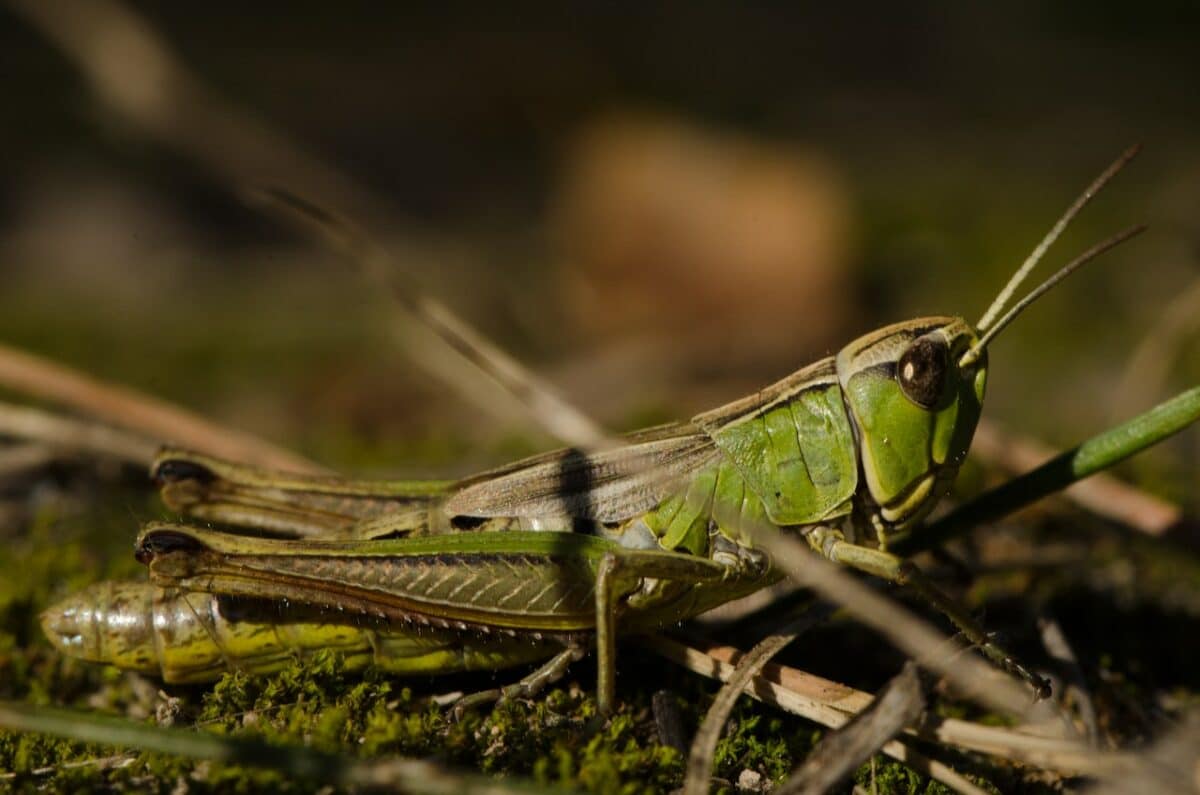
The desert locust attack from ‘19 to ‘21 started with unexpected and unwanted rainfall in the Arabian Peninsula, specifically the Empty Quarter.
The only reason it was unwanted was that desert locust numbers exploded to more than 8000 times the original with the sudden onset of their ‘breeding’ with the moisture and environment created by the rainfall.
Swarms then migrated north to Saudi Arabia and southern Iran, and southwest to Yemen, where they bred again due to good rains. The conflict in Yemen made control operations difficult, leading to new swarms invading northeast Ethiopia and northern Somalia in June 2019.
Even throughout the summer and fall seasons, desert locusts continued to breed and procreate, increasing their numbers with favorable conditions for these pests, especially with the Cyclone Pawan that happened in December in Somalia.
With their numbers steadily increasing, these locusts invaded Kenya late December in 2019, affecting energies, food security, and even livelihoods.
These countries tried to establish control over these pest populations with aerial strikes, but they continued to thrive, building up numbers for another Kenyan invasion almost a year later. The upsurge was finally controlled in early 2022 through successful control operations and poor rainfall.
FAO’s Director-General announced a level 3, corporate-wide emergency, alerting the international actors and receiving a generous 230 million-dollar, fully funded appeal in return for their plea.
The international efforts made a significant impact by averting 4.5 million metric tons of crop losses, impacting 47 million people, arguably the most affected.
Biologically and Behaviorally, Locusts Are Pests
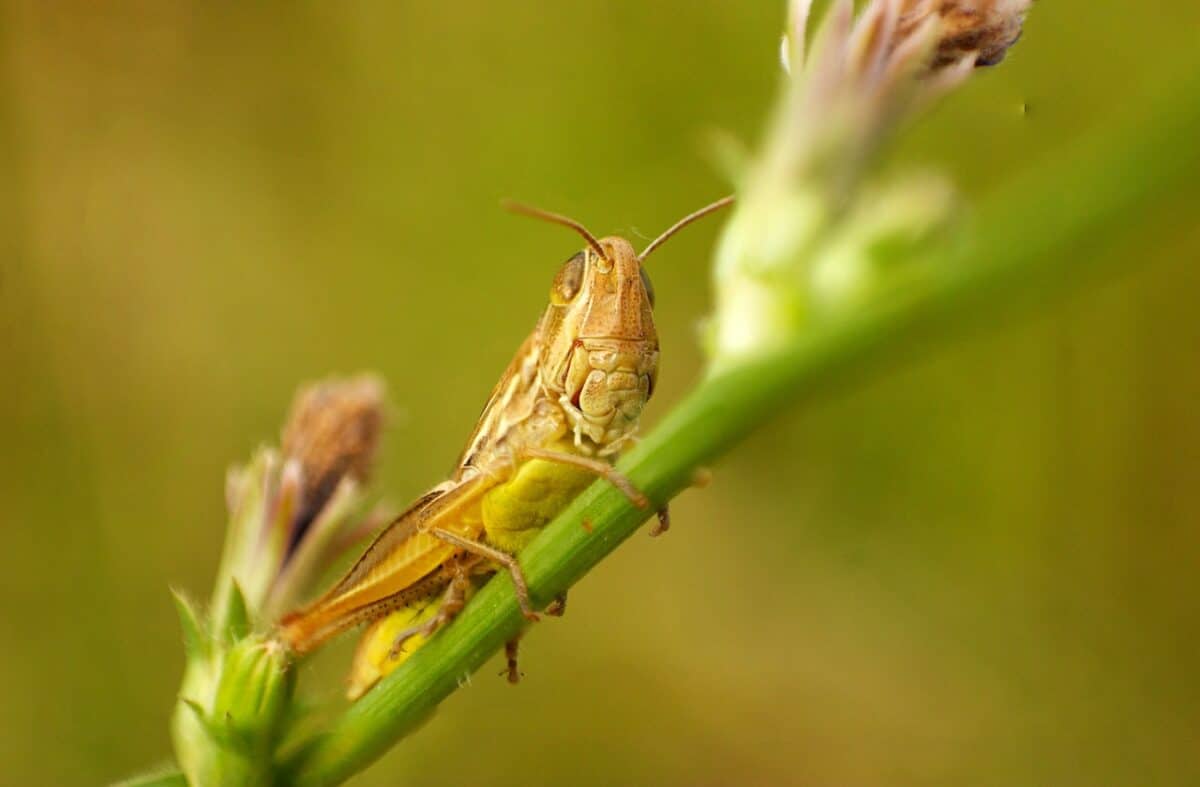
Locusts belong to Acrididae, scientifically declared an offshoot of ‘grasshoppers’. However, while grasshoppers and locusts look very similar, locusts can change their behavior and physical appearance in response to certain conditions.
In their solitary phase, locusts behave much like regular grasshoppers, feeding on plants and living solitary lives. However, when certain environmental conditions, such as drought or overcrowding, occur, locusts can change their behavior and physical appearance and begin to form swarms.
During the gregarious phase, locusts gather in large groups and exhibit more aggressive behavior. They also develop bright colors and patterns on their bodies, which help them to recognize and attract other locusts. This is known as phase polyphenism.
Locust swarms can have countless numbers and cover hundreds of square miles. They can fly at high speeds and altitudes, making them difficult to control or predict. When a swarm lands, it can quickly strip an area of its vegetation, leading to famine and economic hardship.
Despite their destructive potential, locusts play an essential role in the ecosystem. These pests serve as essential food sources for many animals (be they insects or birds). In addition, their droppings are rich in nutrients and can help to fertilize the soil.
Learn more about desert locusts here!
The Impact of Locusts
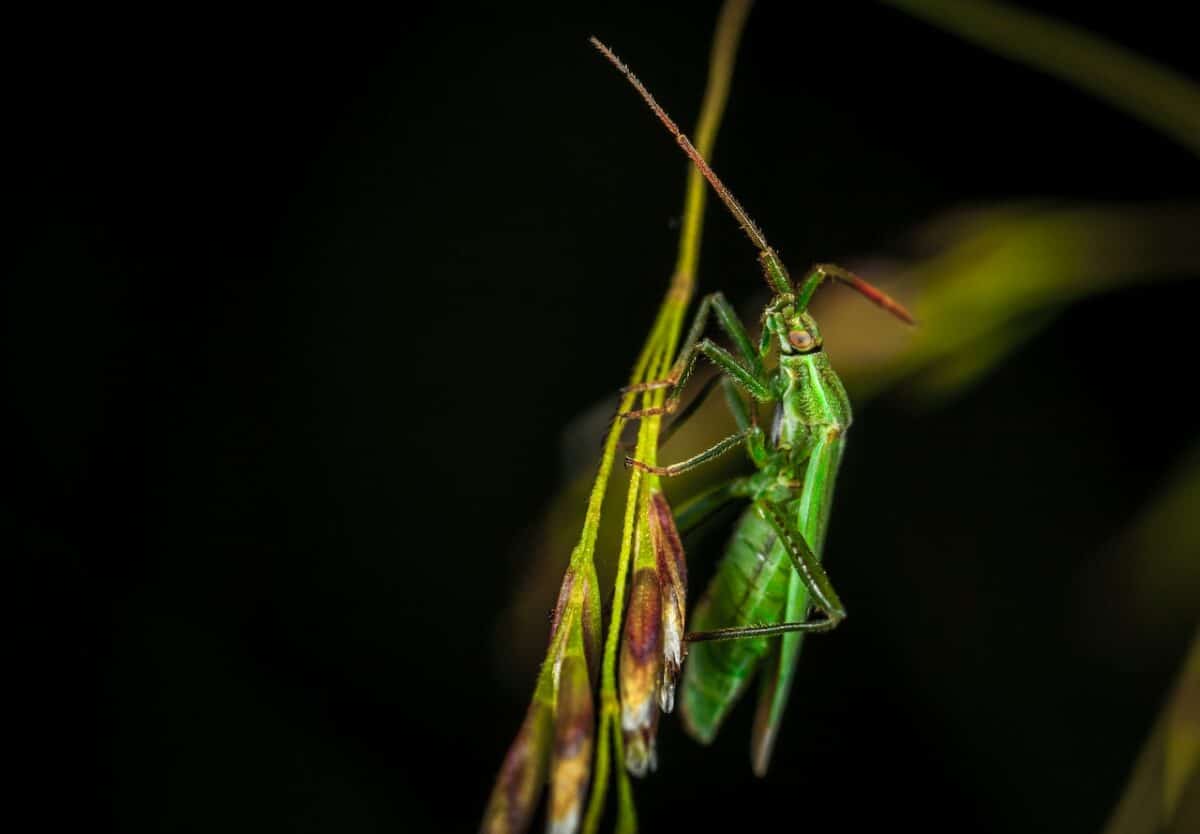
Locust swarms can have a devastating impact on agriculture and the environment. When large numbers of locusts converge on a region, they can quickly strip vegetation bare, leaving behind only barren fields and causing widespread famine.
Agriculture:
The impact of locusts on agriculture is significant.
Where agriculture remains the sole source of earning and food, these destructive swarms can be incredibly damaging to the land and the people’s livelihoods. This is because the swarms tend to destroy entire crops, which take farmers years to build up.
In some cases, farmers may be forced to abandon their land and move to other areas in search of work.
Environment:
When locusts consume vegetation, they remove vital nutrients from the soil, making it difficult for new plants to grow.
However, when new plants can grow and the nutrients have already been leached from the land, the soil is in danger of erosion, which can, in the long term, present horrible impacts on the environment and the land.
In addition, when locusts die in large numbers, their decomposing bodies can lead to pollution and disease outbreaks.
Controlling Locust Swarms:
Controlling locust swarms is a challenging task that requires coordination and resources. Still, there are a few ways used in modern times:
Chemical Sprays:
These sprays are typically made of organophosphate or carbamate insecticides, which can kill locusts quickly, making them particularly efficient.
Biological Control:
Another method for controlling locusts is using biological agents such as fungi, bacteria, and viruses that can kill or infect the locusts. This is less effective than chemical sprays but far more friendly for the environment.
Physical Barriers:
Physical barriers such as nets, fences, and trenches can also control locust swarms. These barriers are designed to prevent the locusts from entering a particular area.
Interesting Facts About Locusts
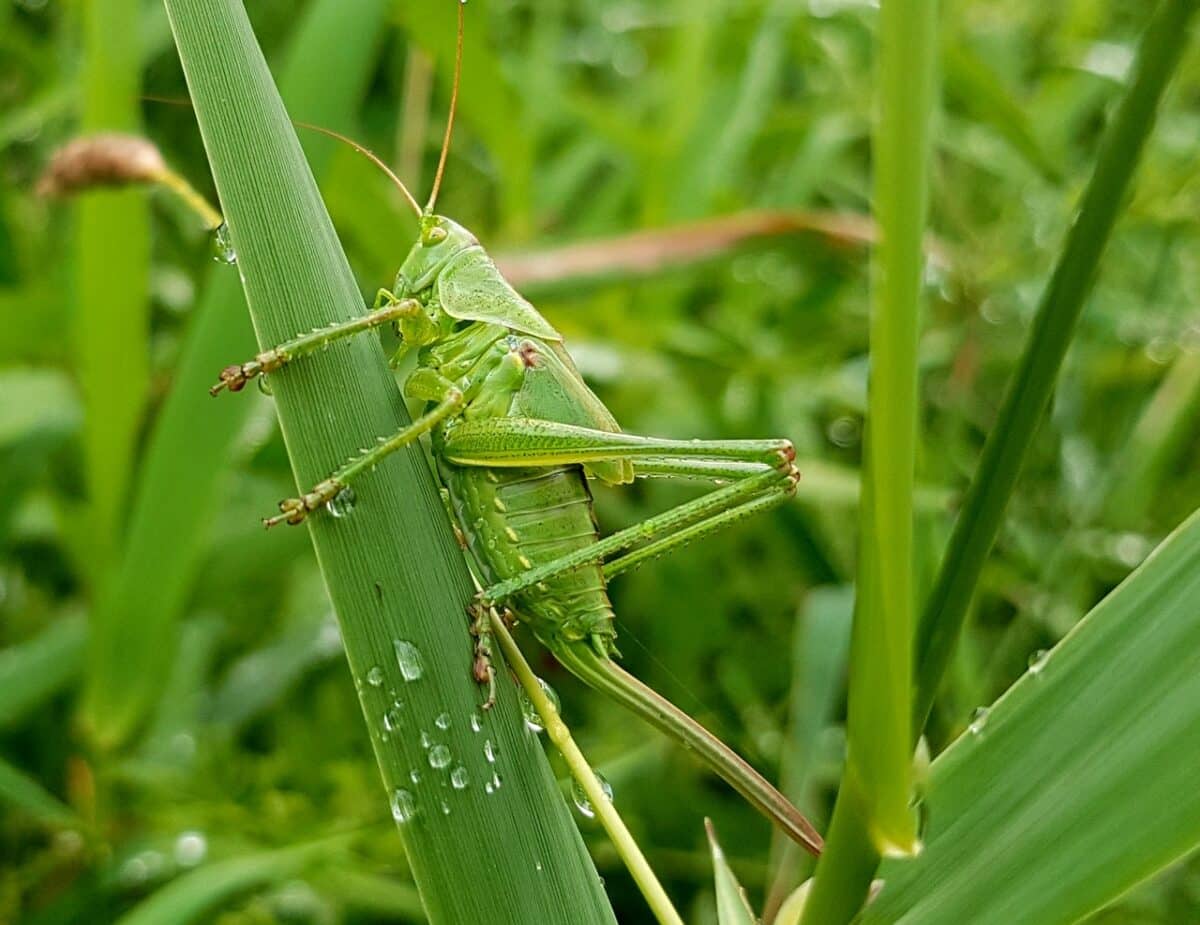
- Locusts have been a threat to food security for thousands of years. The earliest recorded locust plague dates back to ancient Egypt in 1200 BC.
- The largest locust swarm on record occurred in 1875 in the United States and covered 198,000 square miles.
- A single locust can consume its weight in food each day.
- Locusts can fly up to 90 miles daily.
- The swarming behavior of locusts has yet to be well understood, but scientists believe it may be related to environmental factors and genetic changes.
- The protein content of locusts is comparable to that of beef, making them a potential source of protein for human consumption. In some cultures, locusts are considered delicacies and are eaten fried, boiled, or roasted.
For more exciting facts about locusts, check out this National Geographic article on Locusts and Locust swarms!
Key Points
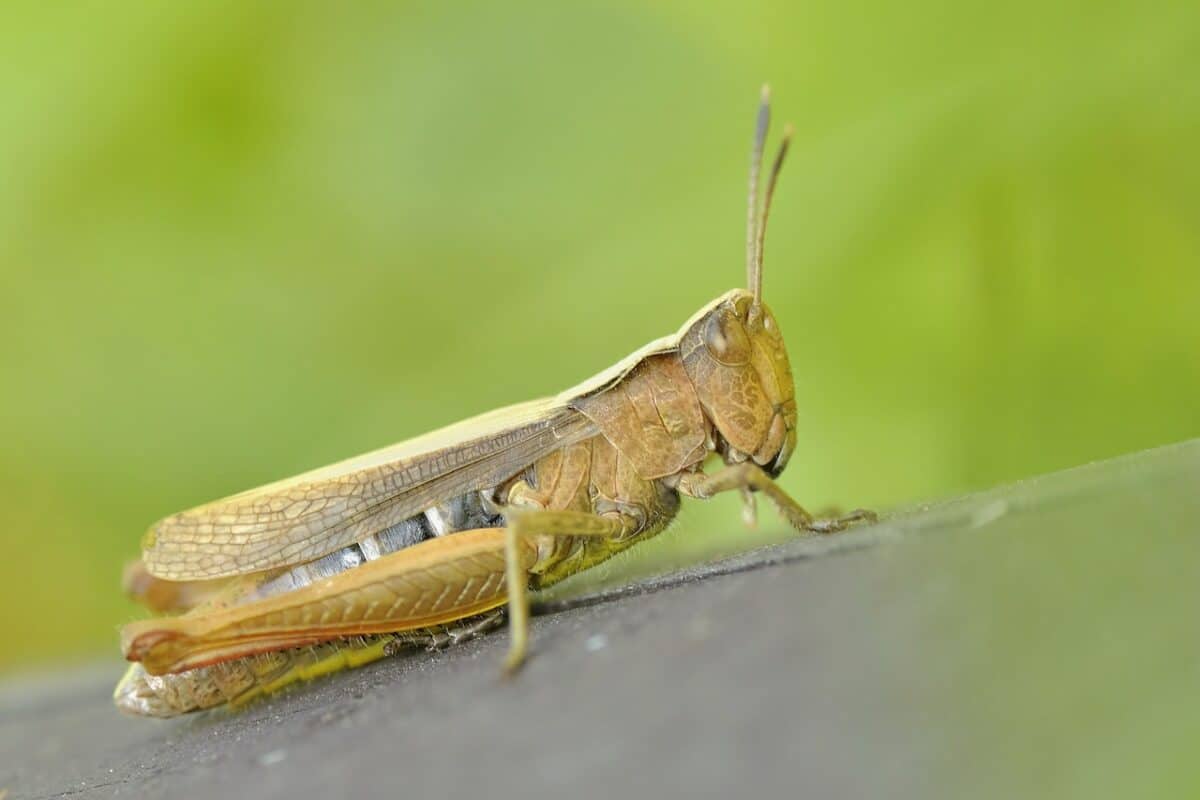
| 1. Locust swarms have been around for millions of years and are a natural phenomenon. |
| 2. The largest swarm of locusts on record occurred in 1875 in North America and covered an area of 198,000 square miles. |
| 3. Swarms of locusts are increasing in frequency and magnitude due to factors such as climate change and human activity. |
| 4. Locusts can cause significant damage to crops and the environment, leading to famine and displacement of communities. |
| 5. Efforts are being made to control locust swarms, but more investment and research are needed to develop effective strategies. |
| 6. Locusts are fascinating creatures with unique characteristics and behaviors, and it is our responsibility to find ways to coexist with them and mitigate the impact of their swarms. |
Wrapping Up with the Most Massive Flock of Swarming Locusts
In recent years, the world has witnessed some of the largest swarms of locusts in history. These swarms have been responsible for significant damage to crops and the environment, leading to widespread famine and displacement of communities.
While efforts are being made to control locust swarms, the challenge is significant, and more investment and research are needed to develop effective control strategies.
As we have seen, locusts are fascinating creatures with unique characteristics and behaviors. While they can cause significant harm, they are essential to the ecosystem and have been around for millions of years.
Thanks for following along with me! I hope you enjoyed reading about these two exciting animals. Next is Discover the Fastest Peregrine Falcon Dive Speed on Record, Witness the Longest Blue Whale Ever Measured, and Biggest flock of migrating birds ever recorded.
- Bald Eagle Family Expand Their Nest In California - April 24, 2024
- Firefighter Saves Abandoned Kittens Found Cuddling In Hoses - April 24, 2024
- Dolphins Get High Playing Catch With A Pufferfish - April 24, 2024

